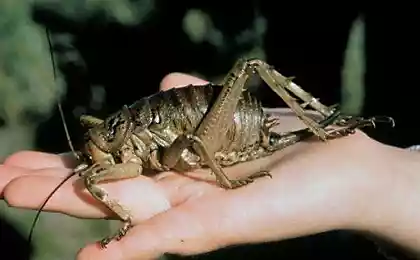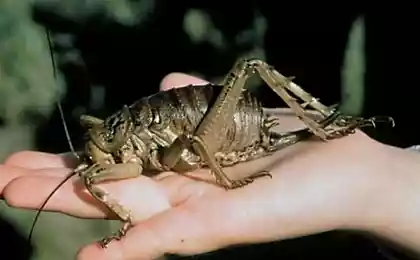240
The truth about insects in the house! I am taking urgent action...
There are small but dangerous neighbors that you may not know exist. Yes, yes, it's about Insects that live in your home Or an apartment. What are they dangerous and how to recognize them?
Today's edition. "Site" I have prepared for you a selection of photos of 11 small creatures with whom you often have to share your home. Know them and take action quickly! Be careful: this information will help to maintain good health.

Domestic insects
Today's edition. "Site" I have prepared for you a selection of photos of 11 small creatures with whom you often have to share your home. Know them and take action quickly! Be careful: this information will help to maintain good health.

Domestic insects
- Flycatcher
In fact, there is nothing terrible in the flytrap of an ordinary, or centipede, as it is called by the people, there. Horror is often caused by its frightening appearance and high speed of movement. The domestic centipede is an insect peaceful and completely harmless. Lovely. flytrap are the basements of country houses and cottages, ground floors and a subfloor, from where they go hunting, moving through all the rooms. Insects can enter the apartment from neighbors. If centipedes can find a permanent source of power in the room, then there is a chance that they will stay with you for a long time.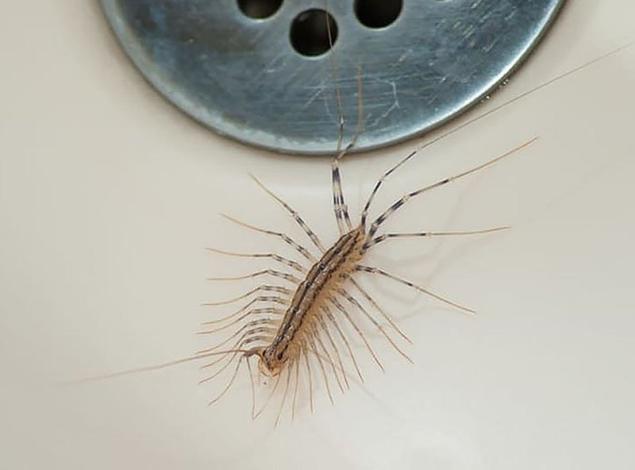
- spider
This cute arachnid animal chooses a dry and warm place near the window in a person’s house. In the daytime, the haymaker can stay motionless on the wall for hours. At dusk and in the first half of the night, he is engaged in the search and absorption of food: not only vegetable, but also animal. Spiders eat small insects. The venom he has is spent solely on his tiny victims, with a paralyzing bite. And there's nothing more missing. So you should not be afraid of this long leg at all!
- roaches
I think many people know these people. Cockroaches spoil food products, leather products, book bindings, indoor and greenhouse plants. Some of them, feeding on various waste, including feces, are carriers of infectious diseases (for example, dysentery) and worm eggs.
In our latitudes, the most common red cockroach (Prusak) and black cockroach. There are many methods to combat them. One of them is the use of boric acid.
- Silverfish (ordinary scales)
Scientists believe that the scale is one of the oldest living insects — its ancestors lived on Earth more than 300 million years ago, in the Paleozoic era. You may have seen it in the toilet or bathroom when you turned on the lights at night. It's such a thin, silvery, small thing on the floor that gets away quickly. It's called silverware. For the human body, the insect does not cause any harm, but can spoil sugar, flour, glue, book bindings, paper, photographs containing tissue starch.
Silver comes into the house from the warehouse when we buy toilet paper or rolls of paper towels. Who would have thought!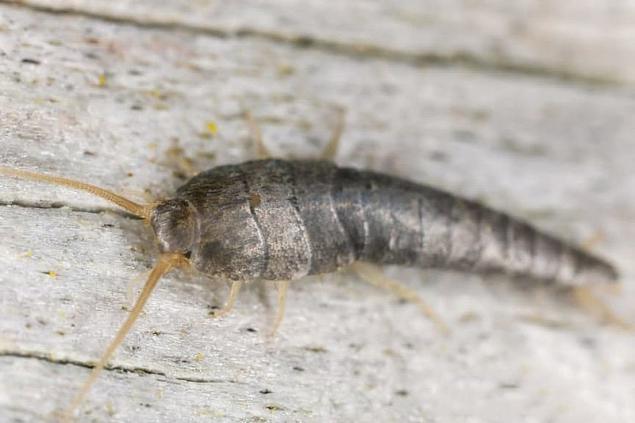
- Ants.
There are a large number of species of ants, and a significant part of them are casual guests who were brought along with clothes, things or food from the street. They pose no particular danger to humans. However, there are ant pharaohs. This is an independent species of heat-loving small ants, which in our latitudes, in addition to residential heated rooms, can not live anywhere.
Red ants in the apartment are a real problem: they are numerous, spoil products, can carry pathogens of various diseases, and even with great difficulty are eliminated. Baking soda will help in the fight against them.
- Lice
Lice are small insects belonging to equiped crustaceans. They just lead the same lifestyle as cockroaches. When a threat arises, they fold, imitating death. They are planted in places where it is constantly damp, for example, water leaks from pipes. These insects are excellent indicators of various plumbing breakdowns. Lice cause great harm to indoor plants, and if you do not take measures in time and do not remove these alumina, then soon the plants will die. Preferences are given to moisture-loving pots, which have a thin and delicate root system. For example, such as an orchid, fern or cactus.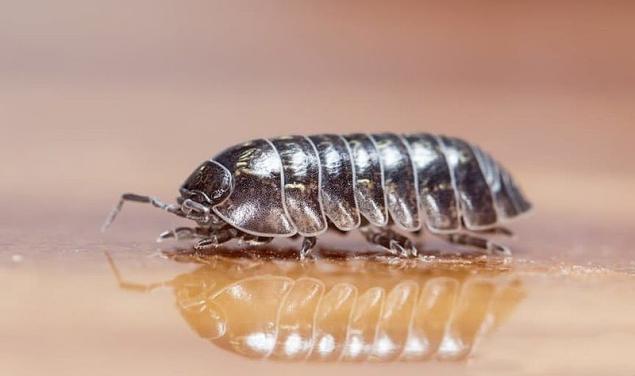
- Mole dress
The mole is serious. pest. After all, it eats clothes, carpets, plaids and upholstery, as well as fur, wool, feathers and products such as animal bristles used to make brushes.
- Carpet mites
Ticks, unlike most insects on this list, are very harmful to humans. They are able to leave behind waste products in the form of feces containing digestive enzymes. They destroy the cells of the human body and can cause severe allergies and asthma. The harm that carpet mites bring is not limited only to allergies, conjunctivitis, allergic rhinitis and atopic dermatitis can develop. In the fight against ticks will help a simple mixture for mulled wine.
- Book lice
Book louse is a small parasite that causes irreparable damage to libraries and collections of herbaria. These bugs do not have a detrimental effect on human health, but their presence can affect the state of valuable things: books, archival documents and food stocks. They live in dust and books in their homes. It can damage zoological collections and ancient books containing the kleister.
- Buzzers
The most common is the bread beetle. This beetle is a big pest of vegetable crops in the fields. However, recently it is increasingly found in ordinary apartments. The beetle crawls there only if it likes the living conditions. The insect enters the house and when darkness comes, goes to look for food. The food is crumbs and other food left on the table. This insect interferes with sleep, rustles, can fall from the ceiling to the bed or directly on a person.
And if this beetle has found something to profit from, then the next step will be its reproduction. If a beetle of bread appeared in the house, you need to take urgent action!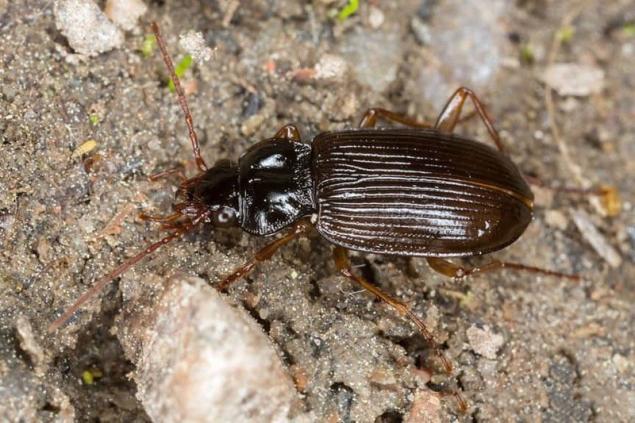
- Spiders.
These are some of the most common creatures with which humans share their homes. In fact, the spider does nothing wrong in the house, and sometimes even benefits. Spiders catch flies. There are many signs associated with them, and mostly positive. They say that spiders are harbingers of good things. But maybe if you trust the signs too much, you'll grow a web.
Many people suffer from a fear of spiders (arachnophobia) and all kinds of arachnid creatures. Some spiders just don’t like them, others can’t touch them or panic when they come into contact with them.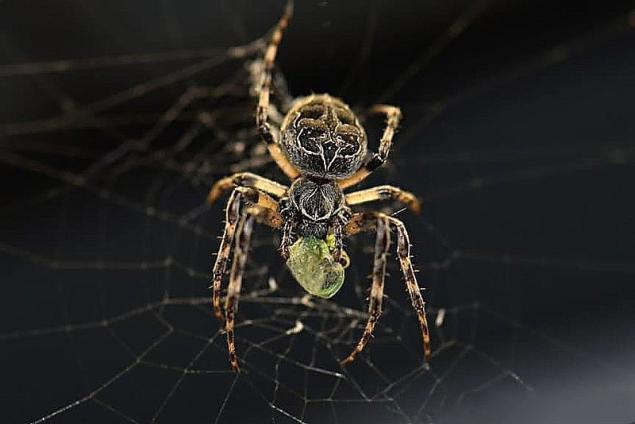
Tired of weeding and digging potatoes all the time? Then this landing method is for you!
Bright prints and how to combine them correctly
































